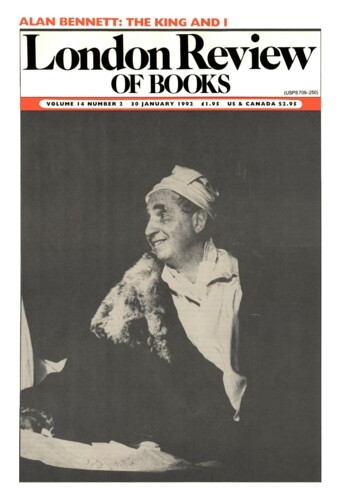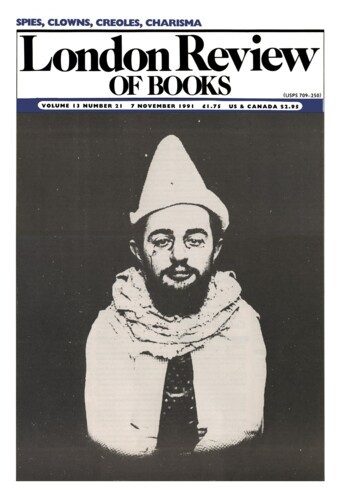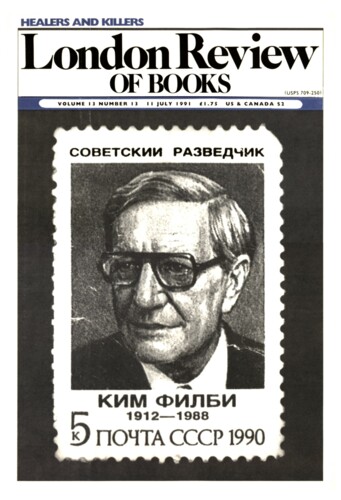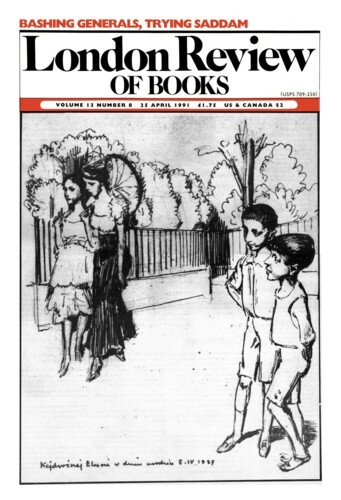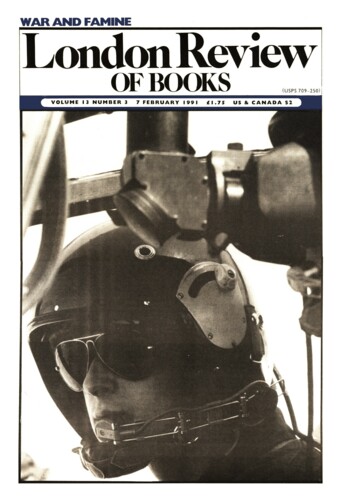Mr Horse and Mrs Eohippus
Elaine Showalter, 30 January 1992
In 1934, knowing that she had inoperable breast cancer, the American feminist intellectual Charlotte Perkins Gilman decided to finish the autobiography she had begun a decade before. Her fame as a writer and speaker had faded; she was no longer in demand on the lecture circuit, and all of her six books were out of print. In keeping with her stoic philosophy, Gilman had made the decision to end her life with chloroform. ‘Human life consists in mutual service,’ she wrote in her final chapter. ‘When all usefulness is over, when one is assured of unavoidable and imminent death, it is the simplest of human rights to choose a quick and easy death in place of a slow and horrible one.’ She read her proofs, chose the photographs, and approved the cover; then, on 17 August 1935, three months before the date of publication, she carried out her plan.
